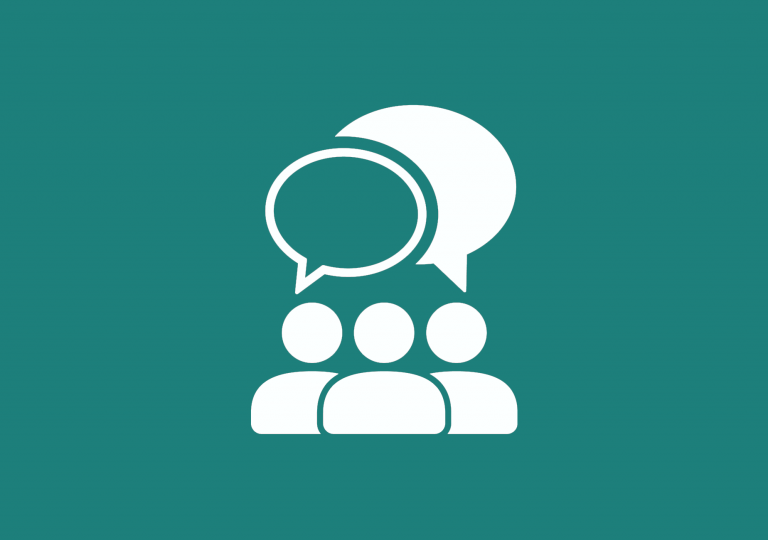Artificial intelligence (AI) is no longer just cascading down screens in Hollywood films – it’s increasingly a mainstream technology being used by companies across different industries. For example, many companies are investing in and exploring the potential of smart manufacturing, where AI improves the quality and efficiency of production. Many of us interact with AI without even knowing it, for example, when we order fast food online from a customized menu, or scroll through video recommendations on YouTube.
While AI creates new customer needs and generates different business opportunities and jobs, some people are concerned about its impact on their job security. To alleviate their concerns, workers should adjust and upgrade their skills to ensure they can take full advantage of the strategic opportunities of AI, including:
- Eliminating the burden of repeated tasks that slow work down, reducing costs and improving work efficiency.
- Achieving greater accuracy and getting the most out of data, so as to empower professionals such as accountants to work better and make better decisions.
- Finding the relationships and patterns within data that we overlook.
A proper plan for achieving a strategic partnership with AI and implementing the technology would not only help businesses harness AI’s potential but also allow managers and staff to rethink their job responsibilities and leadership skills.
Find the right AI partner
Having the right team could make all the difference. Begin your strategic partnership with AI by researching AI enterprises and creating a short list of potential partners. Screen agencies based on factors such as their track record, product capabilities, team credentials and customer support. Aim for agencies that have been in the AI field longer or have experience with enterprises in your industry. Most importantly, you have to determine how their services will help create solutions for your company.
Have a plan
Once you have signed with a partner, set realistic goals. It must be made clear what your company wants to achieve with AI and how it will get there – whether it’s handling business processes, providing customer service, or managing its IT and security. Set up meetings with your team and AI partners to familiarize employees with this new form of workflow, and talk about new challenges which may arise. Provide your partner with a clear vision of the project, engage employees in the discussions, and communicate whenever it is possible. Even the tiniest change should be discussed – otherwise you run the risk of ending up with a different product.
Retrain employees
To get the full benefits of AI, professionals have to get comfortable working with new software and machines, which will take a while. According to an Accenture survey on the future workforce, over 60 percent of workers have a positive view of the impact of AI on their work, and two-thirds acknowledge that they must develop their own skills to work with intelligent machines. As a workforce strategy, it is generally more efficient to retain and retrain your employees in the age of AI, rather than engage in large-scale layoffs and rehiring, as existing employees know your products, customers, and have working dynamics that may have taken years to reproduce.
Stay secure
Working with large amounts of digital files comes with the risk data breaches and hackers. With AI, your files will have to go through processes such as data mining, data extraction, data cleansing and data science. Invest in the latest protection solutions and understand how to use them. You can always consult with your AI partner regarding what tools and technologies to choose. Invest time and money in training your employees along with your AI partners on how to manage the data risks associated with working on your product.
Understand AI’s limitations
AI isn’t ready to completely replace humans just yet. “We still remain far from general AI that can wholly take over complex tasks, but we have now entered the realm of AI-augmented work and decision science – what we call ‘augmented intelligence,’” Chris Howard, Research Vice President at Gartner, said earlier this year. Though it is able to perform certain tasks quicker without ever needing breaks or sleep, employees must take note of its limitations. The main limitation of AI is that it learns from the data and any inaccuracies in the data will be reflected in the results. Other potential issues include high maintenance costs, overdependence by humans, a lack of emotional intelligence and ethical issues. For example, workers can become too dependent on AI and lose their mental capacities in the long run. Therefore, employees must be reminded to think of AI as a tool to grow their business and strike a balance between the two.
If these steps are followed correctly, an effective and strategic partnership with AI can blossom. Remember, AI has the potential to help raise your company to the next level.















